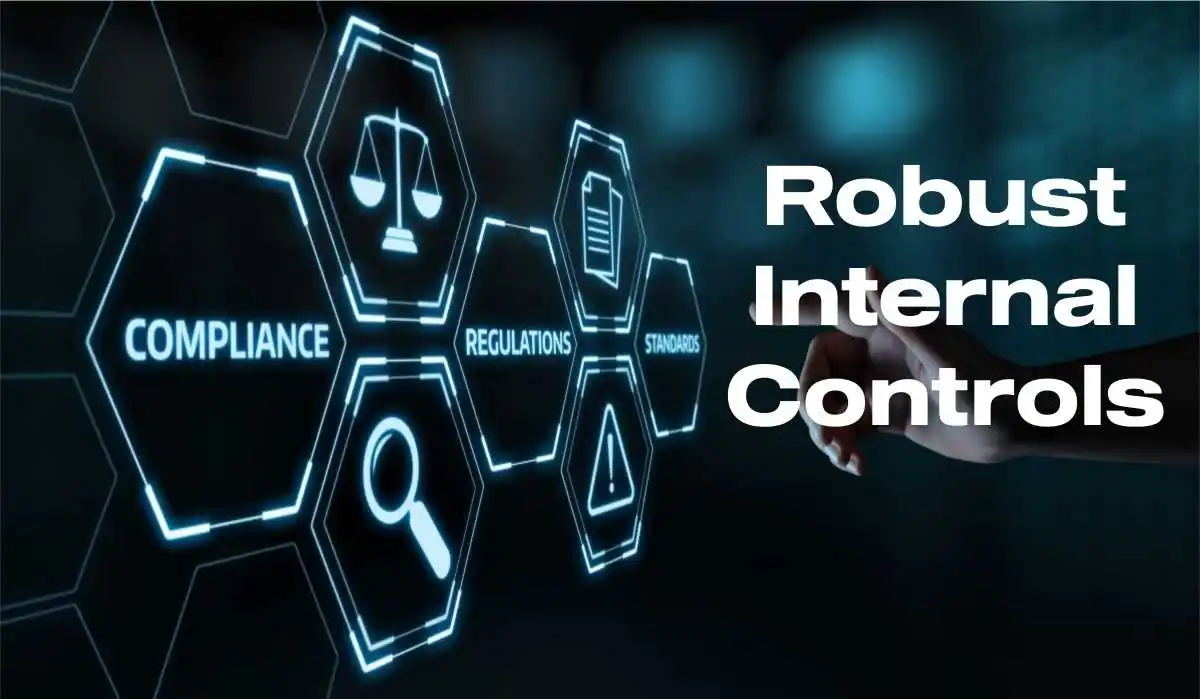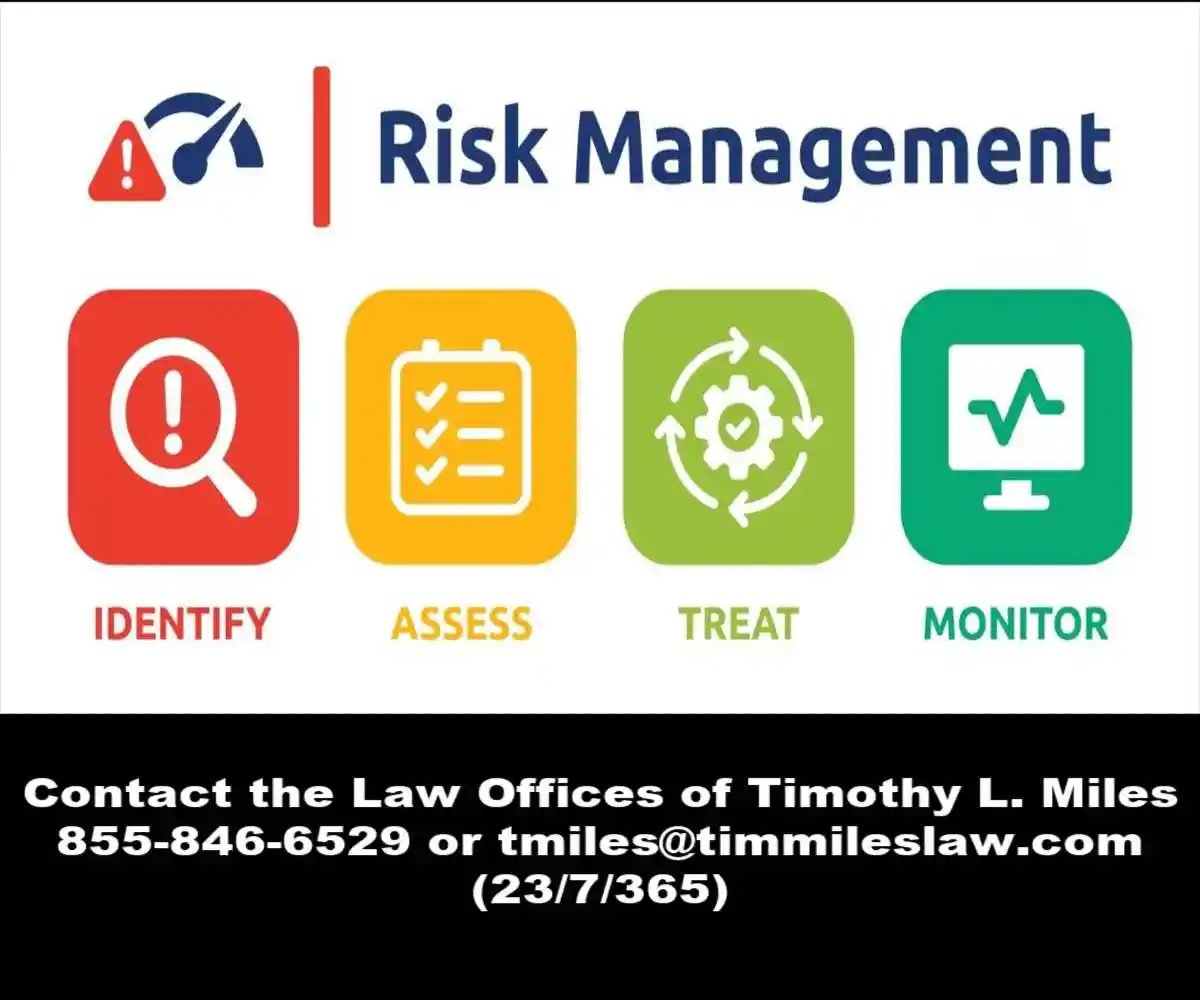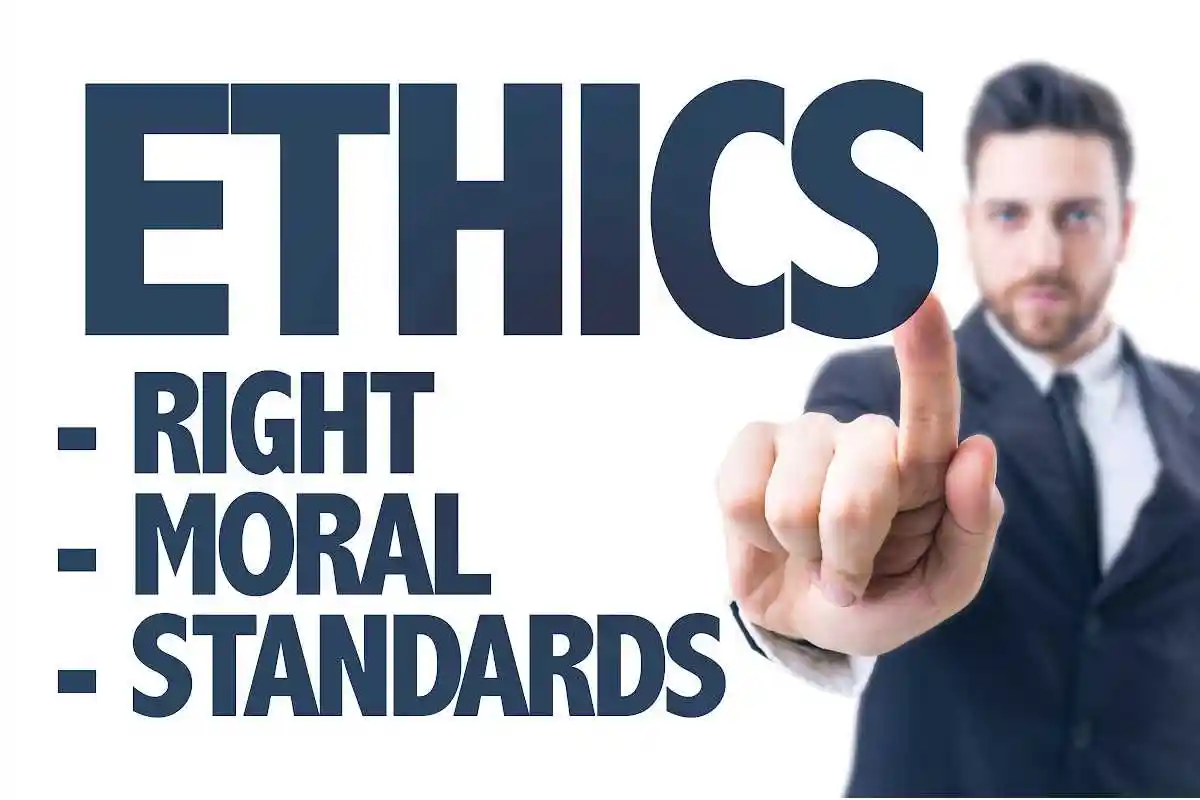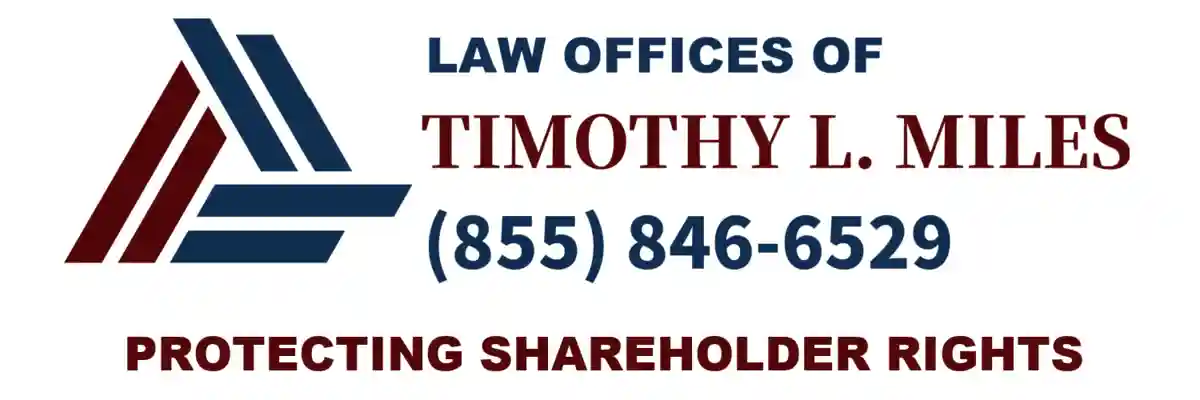Introduction to Employee Training on Code of Conduct
- Importance: The importance on employee training on code of conduct cannot be seriousy debated.
- Promotes a Strong Ethical Culture: It fosters integrity and ethics with an organization, reduces risks, ensures compliance, and is you strongest defense aginst being a defendant in security class action lawsuits.
- Cornerstone of Organizational Integrity: In the rapidly changing landscape of 2025, a code of conduct remains a cornerstone of organizational integrity.
- Framework of Acceptable Behavior: It serves as a guiding framework that defines acceptable behaviors and actions within a company.
- Ensures Complaince: The importance of having a well-defined code of conduct cannot be overstated, as it ensures compliance with regulatory requirements while establishing clear ethical boundaries and expectations for all employees.
- Mitigates Risk: By clearly articulating these standards, companies can prevent misconduct before it occurs and mitigate risks associated with ethical lapses.
- Transparency and Trust: Moreover, a robust code of conduct fosters a culture of transparency and trust, which is essential for building strong relationships both internally and externally.
Employee Training: The Foundation of Ethical Implementation
- Employee training on code of conduct: Represents the critical bridge between policy creation and practical application.
- Effective employee training programs: Ensures that every team member understands not only what the policies state, but why they matter and how to apply them in real-world scenarios.
- Comprehensive Training: Organizations that invest in comprehensive training programs see significantly higher compliance rates and develop a strong ethical culture that permeates every level of the organization.
- Training: The most successful training initiatives incorporate interactive elements, real-world case studies, and regular refresher sessions.
- Fosters Integrity: By making ethical decision-making a natural part of daily operations rather than an abstract concept.
- Maintaining Standards: When employees receive proper guidance on navigating complex ethical situations, they become active participants in maintaining organizational standards rather than passive recipients of rules.
Strong Authorization and Secure Access Controls
- Strong Authorization: A comprehensive code of conduct must address strong authorization and approval policies that govern how decisions are made and resources are accessed within the organization.
- Secure access controls: Serve as both preventive measures and accountability mechanisms, ensuring that sensitive information and critical business processes remain protected from unauthorized access or manipulation.
- Prevents Accounting Fraud: These controls become particularly crucial when considering the prevention of accounting fraud and other financial misconduct.
- Risk Mitigation: By implementing robust authorization protocols, organizations create multiple checkpoints that make fraudulent activities significantly more difficult to execute and conceal.
- Systematic Approach: This systematic approach to access management directly supports the broader goals of risk mitigation and regulatory compliance.

Risk Mitigation Through Ethical Frameworks
Risk Mitigation: Benefits of a well-implemented code of conduct extend far beyond simple rule-following.
Strong Ethical Framework: Organizations with strong ethical frameworks are better positioned to identify potential problems before they escalate into serious legal or reputational issues.
Proactive: This proactive approach is particularly valuable in preventing accounting fraud, which can lead to devastating securities class action lawsuits and securities litigation.
Reliazing the Consequences: When employees understand the serious consequences of ethical violations—including the potential for securities class actions—they are more likely to report concerns early and seek guidance when facing difficult decisions.
Early Intervention: This early intervention capability represents one of the most valuable aspects of a comprehensive ethics program, as it allows organizations to address issues before they become costly legal problems.
Building Internal Controls and Corporate Governance
Complete Control Framework: Effective internal controls work hand-in-hand with codes of conduct to create a comprehensive governance framework.
Foundation of Ethical Conduct: These controls provide the structural foundation that supports ethical behavior, while the code of conduct provides the cultural and behavioral guidance that brings these structures to life.
Strong Defense: Together, they form a powerful defense against misconduct and create an environment where corporate governance principles can flourish.
Mutifacted Layers of Protection: The integration of ethical guidelines with operational controls creates multiple layers of protection against fraud and misconduct.
Reputation: This multi-layered approach is essential in today’s complex business environment, where the consequences of ethical failures can include not only financial losses but also severe reputational damage and regulatory sanctions.

Fostering a Culture of Integrity
- Code of Conduct: It is not merely a set of rules; it is a reflection of an organization’s values and ethical priorities.
- Ethical Standards: When employees understand and embrace these values, they are more likely to make decisions that align with the company’s mission and ethical standards.
- Reputation: This alignment is critical in maintaining a consistent brand image and reputation, which are vital assets in today’s competitive market.
- Visible Leadership: The development of a strong ethical culture requires consistent reinforcement and visible leadership commitment.
- Tone from the Top: When executives and managers demonstrate their commitment to ethical principles through their actions and decisions, they create a powerful example that influences behavior throughout the organization.
- Fosters Intergrity: This top-down commitment fosters integrity at every level and creates an environment where ethical behavior is recognized, rewarded, and expected.
Legal Protection and Compliance Assurance
- Compliance: In addition to its role in guiding behavior, a code of conduct is essential for legal and regulatory compliance.
- Mitigates Legal Risks: As businesses operate in increasingly complex environments, adhering to ethical standards helps mitigate legal risks and protects the organization from potential liabilities.
- Strong Defense: A comprehensive code can serve as a defense against allegations of misconduct by demonstrating the company’s commitment to ethical practices and proactive risk management.
- Not a Trigger to Securities Litigation: The protection extends to defending against securities litigation and other legal challenges that can arise when stakeholders believe an organization has failed to meet its ethical obligations.
- Reduces Liklihood of Legal Exposure: By maintaining clear, well-communicated standards and demonstrating consistent enforcement, organizations create a strong foundation for legal defense while simultaneously reducing the likelihood that such defenses will be necessary.

Key Components of a Code of Conduct: Building the Foundation for Ethical Excellence
- Key Components: To be effective, a code of conduct must encompass several key components that address the diverse aspects of workplace ethics and regulatory compliance.
- Defining Ethics: The foundation of any successful organizational framework begins with a comprehensive understanding of what constitutes ethical behavior and how it translates into daily business operations.
- Critcal Tool to Mitigate Risk: In today’s complex regulatory environment, where securities class action lawsuits and accounting fraud cases continue to make headlines, organizations cannot afford to treat their code of conduct as merely a compliance checkbox.
Key Components of a Code of Conduct: Building the Foundation for Corporate Integrity
- Liability Shield: In today’s complex business environment, where accounting fraud and securities class action lawsuits can devastate organizations overnight, establishing a comprehensive code of conduct has become more than just a regulatory requirement—it’s a critical shield against corporate catastrophe.
- Corporate Scandals: The spectacular collapses of companies like Enron and the WorldCom fraud serve as stark reminders of what happens when ethical frameworks fail.
- Reinforing a Strong Ethical Culture: These corporate disasters, which resulted in billions in losses and countless securities litigation cases, underscore why strong ethical culture and robust internal controls are not optional luxuries but essential business imperatives.
- Address Key Components: To be effective in today’s regulatory landscape, a code of conduct must encompass several key components that address the diverse aspects of workplace ethics while serving as a powerful tool for risk mitigation and corporate governance.
- Clearly Defined Values: The foundation of any successful ethical framework begins with clearly defined organizational values, but extends far beyond simple mission statements to create a comprehensive system that ensures compliance and fosters integrity throughout every level of the organization.

Establishing Core Values and Ethical Principles: The Bedrock of Corporate Integrity
Defining the Organization’s Core Vaules
- Defining Core Values: The first and most fundamental component of an effective code of conduct involves clearly defining the organization’s core values and ethical principles.
- Foundation of Values: These values serve as the foundation upon which all other elements are built and provide a benchmark for evaluating employee behavior across all organizational levels.
- Address Specifics: However, in the post Sarbanes-Oxley Act of 2002 era, these principles must go beyond generic statements to address specific areas of vulnerability that have historically led to corporate scandals.
Accurate Financial Reporting
- Financial Integrity: Modern organizations must articulate principles that directly address financial integrity, transparency in reporting, and accountability in decision-making.
- Vague Ethical Standards: For instance, following the Enron scandal, companies learned that vague ethical statements about “doing the right thing” were insufficient.
- Conflicts and Misleading Shareholders: Instead, effective codes now include specific language about accurate financial reporting, prohibition of off-balance-sheet transactions designed to mislead investors, and clear guidelines about conflicts of interest that could compromise financial decision-making.
Companies with Well-Defined Ethical Standards Are Better Equiped to Detect Fraud
- Regulatory Enforcement: The SEC enforcement actions of recent years have demonstrated that companies with well-defined ethical principles are better positioned to prevent and detect fraudulent activities before they escalate into major scandals.
- Embedded Ethical Culture: These principles must be woven into the fabric of daily operations, influencing everything from hiring decisions to performance evaluations.
- Risk Mitigation: When employees understand not just what the company values, but why these values matter in preventing corporate misconduct, they become active participants in maintaining organizational integrity.
The Consequences of Not Maintaining an Ethical Culture
- Potentially Devastating Impact: By articulating these principles clearly and connecting them to real-world consequences—such as the devastating impact of securities class actions on shareholders, employees, and communities—companies can ensure that employees have a clear understanding of what is expected of them in various situations.
- Pressure to Beet the Street: This understanding becomes particularly crucial when employees face pressure to meet financial targets or when they encounter situations that could potentially lead to accounting fraud.
![Ethics of arrow attached to tree stub pointing righ used in Preventing and Detecting Accounting Fraud: An Authoritative and Painstaking Investor Guide [2025]](https://classactionlawyertn.com/wp-content/uploads/2025/09/ezgif-4599b6e6f17c30.webp)
Comprehensive Behavioral Guidelines: Navigating Complex Ethical Terrain
Specific Guidelines on Employee Behavior
- Unacceptable Behaviors: Another critical component of a code of conduct is the inclusion of specific guidelines on acceptable and unacceptable behaviors.
- Conflicts of Interests: These guidelines must cover a wide range of topics, including conflicts of interest, data privacy, workplace harassment, and most importantly, financial integrity and accurate reporting.
- Complext Ethical Dilemmas: The lessons learned from high-profile corporate failures have shown that generic behavioral guidelines are insufficient—companies need detailed, scenario-based guidance that helps employees navigate complex ethical dilemmas.
Employee Training
- Employee training on code of conduct: Becomes essential in this context, as written guidelines alone cannot address every possible situation employees might encounter.
- Ethical Principles in Practice: Effective training programs use real-world scenarios, including case studies from actual corporate scandals, to help eemployees understand how ethical principles apply in practice.
- Agressive Accounting; For example, training might include scenarios based on the warning signs that preceded the WorldCom fraud, helping employees recognize when financial reporting practices cross the line from aggressive accounting to fraudulent misrepresentation.
Strong Authorization and Approval Policies
- Strong Authoriaztion and Approval Policies: The guidelines must also address the implementation of strong authorization and approval policies that prevent any single individual from having unchecked authority over financial transactions or reporting.
- Multiple Approval Process: These policies, mandated by various provisions of the Sarbanes-Oxley Act, require multiple levels of approval for significant transactions and establish clear audit trails for all financial activities.
- Internal Controls: When employees understand these policies and their role in preventing fraud, they become an integral part of the organization’s internal controls system.
Secure Access Controls
- Secure access controls represent another crucial element that must be addressed in behavioral guidelines.
- Protecting Sensitive Information: In an era where financial data is increasingly digitized, employees need clear guidance on protecting sensitive information, maintaining appropriate access levels, and reporting potential security breaches.
- Reporting Guidelines: The guidelines should specify who has access to what information, under what circumstances, and how to report suspected unauthorized access or data manipulation.
- Ethical Dilemmas: By providing concrete examples and scenarios, companies can help employees navigate complex ethical dilemmas and make informed decisions.
- Conflicts of Interests: For instance, guidelines might include specific examples of what constitutes a conflict of interest in vendor selection, how to handle requests from superiors to manipulate financial data, or when to escalate concerns about potential accounting irregularities.
- Regulatory Guidance: These detailed scenarios, drawn from real-world situations and regulatory guidance, transform abstract ethical principles into practical decision-making tools.

Robust Reporting and Violation Response Procedures
Procedures for Reporting Violations
- Repoting Procedures: A successful code of conduct must outline comprehensive procedures for reporting and addressing violations, ensuring that employees have safe and confidential channels to raise concerns without fear of retaliation.
- Fear of Retaliation: The importance of these reporting mechanisms cannot be overstated—many corporate scandals could have been prevented or minimized if employees had felt comfortable reporting their concerns through appropriate channels.
Multiple Avenues for Reporting Including Hotlines
- Multiple Reporting Avenues: The reporting procedures must include multiple avenues for raising concerns, including anonymous hotlines, online reporting systems, and designated ethics officers.
- Secure Access Controls: These systems must be designed with secure access controls to protect the identity of whistleblowers and prevent retaliation.
- Reportable Conduct: The procedures should clearly outline what types of concerns should be reported, how reports will be investigated, and what protections are available for employees who report potential violations in good faith.
Whistleblower Protections
- Employee training: On reporting procedures is crucial for their effectiveness.
- Whistlblower Protections: Employees need to understand not only how to report concerns but also their legal protections under various whistleblower statutes.
- Training Should Include: Specific examples of reportable conduct, such as pressure to manipulate financial results, requests to backdate documents, or instructions to hide information from auditors.
- Real World Examples: By making these examples concrete and relevant to employees’ daily experiences, organizations can encourage proactive reporting of potential problems.
Establishing Timelines for Investigations
- The Response Procedures: Must demonstrate that reports are taken seriously and investigated promptly and thoroughly.
- Establishing Clear Timelines: For investigations, defining roles and responsibilities for different types of violations, and eensuring appropriate remedial actions are taken when violations are confirmed.
- Communication with Shareholders: The procedures should also address how the organization will communicate with stakeholders, including regulatory authorities, when significant violations are discovered.

Accessibility and Comprehensive Employee Training Programs
- A Successful Code of Conduct: Must be accessible and easily understood by all employees, but accessibility extends far beyond simply making the document available.
- Effective Accessibility: Requires a comprehensive approach that includes multiple formats, ongoing employee training, and regular reinforcement of key principles and procedures.
- Clear and Concise: The code should be written in clear and concise language, free of jargon and legalese, to communicate expectations effectively across all organizational levels and educational backgrounds.
- However: Clarity in writing is only the first step.
Interactive Employee Training
- Comprehensive Training: Organizations must implement comprehensive employee training on code of conduct that goes beyond simply reviewing the written document.
- Interactive Elements: This training should include interactive elements, case studies, and scenario-based learning that helps employees understand how to apply ethical principles in their specific roles and responsibilities.
- Tailored to Orginazational Levels: Training programs should be tailored to different organizational levels and functions, recognizing that ethical challenges may vary significantly between roles.
- Financial Reporting Requirements: For example, finance personnel need detailed training on financial reporting requirements and the warning signs of potential accounting fraud, while sales personnel need focused training on accurate representation of products and services and appropriate customer relationship management.
Readily Available in Multiple Formats
- Multiple Formats: The code should be readily available in multiple formats, including print, digital, and mobile-friendly versions, to accommodate the diverse needs of the modern workforce.
- Multiple Languages: This includes ensuring that the code is available in multiple languages when appropriate and that it’s accessible to employees with disabilities.
- Regular Updates and Communications: About the code help ensure that it remains relevant and top-of-mind for all employees.
- Risk mitigation: Requires that accessibility extends to regular assessment and reinforcement of employee understanding.
- Periodic Testing: This might include periodic testing, refresher training sessions, and integration of ethical considerations into performance evaluations and promotion decisions.
- Rewarding Ethical Behavior: When employees see that ethical behavior is consistently recognized and rewarded, while violations are addressed promptly and appropriately, the code becomes a living document that truly guides organizational behavior.

Why Employee Training Is So Important
- Fosters Integrity: Promotes a culture of honesty and fairness, guiding employees to make decisions aligned with company values.
- Ensures Compliance: Helps the organization meet its legal and regulatory obligations, reducing the risk of violations and penalties.
- Creates a Safe Workplace: Addresses and helps prevent issues like harassment and bullying, fostering an inclusive and respectful environment.
- Reduces Misconduct: Provides clear boundaries, thereby lowering the likelihood of employee misconduct and potential scandals.
- Builds a Strong Reputation: Demonstrates the company’s commitment to ethical practices, which can enhance customer trust and employee retention.
Types of Employee Training Programs
- Empowers Employees: Training is the process that brings a code of conduct to life, empowering employees with the knowledge and skills they need for their current roles and future growth.
- Increased Productivity: Effective training increases productivity, boosts morale, and improves retention.
- Onboarding and orientation: Introduces new hires to the company culture, policies, and job expectations.
- Job-specific technical training: Focuses on the “hard skills” required for an employee’s particular role, such as software or machinery operation.
- Ethics and compliance training: Educates employees on legal and regulatory requirements and how to handle ethical dilemmas. This is essential for preventing misconduct and mitigating legal risk.
- Soft skills training: Develops interpersonal and communication abilities, including leadership, teamwork, and conflict resolution.
- Diversity, Equity, and Inclusion (DEI) training: Raises awareness about unconscious bias and promotes a respectful and inclusive workplace culture.
- Management training: Equips employees with the skills needed to move into leadership roles, covering topics like coaching and team building
Measuring the Effectiveness of Training Programs
Measuring Effectiveness of Training: Measuring the effectiveness of code of conduct training programs is crucial for ensuring their success and continuous improvement.
Attitudes and Behavior: One approach is to conduct pre- and post-training assessments to evaluate changes in employees’ knowledge, attitudes, and behaviors.
Assessments: These assessments can take the form of quizzes, surveys, and interviews, providing valuable data on the impact of the training program.
Identify Strenghs and Weaknesses: By analyzing these results, companies can identify areas of strength and areas that require further development.
Employee Feedback
- Measuring Feedback: Another important measure of effectiveness is employee feedback and engagement.
- Gauge Relevance of Feedback: Soliciting feedback from participants allows companies to gauge the relevance and quality of the training program.
- Provides Employee Insights: This feedback can be collected through anonymous surveys, focus groups, or one-on-one discussions, providing insights into employees’ experiences and perceptions.
- Informed Decisions: By aactively listening to employees’ voices, companies can make informed decisions on how to enhance the training program and address any concerns or gaps.
Tracking Long-Term Imact of Training
- Tracking Long-Term Impact: Companies should track the long-term impact of training on organizational outcomes, such as compliance rates, incident reports, and employee retention.
- Monitoring Key Performance: By monitoring key performance indicators, companies can assess the effectiveness of their training program in promoting ethical behavior and reducing misconduct.
- Data Driven Approach: This data-driven approach enables companies to refine their training strategies and allocate resources effectively, ensuring that the program remains relevant and impactful over time.
Conclusion: Building a Culture of Integrity in the Workplace
- Culture of Integrity: Building a culture of integrity in the workplace is a journey that requires commitment, collaboration, and continuous effort.
- Employee Training: By prioritizing employee training on the code of conduct, companies can lay the foundation for a thriving ethical culture.
- Promoting Integrity: This guide has explored the importance of a code of conduct, the role of training in promoting integrity, and best practices for developing effective training programs.
- Embracing Ethical Behavior: Through engaging training methods, companies can inspire employees to embrace ethical behavior and make informed decisions.
Contact Timothy L. Miles Today for a Free Case Evaluation
If you suffered substantial losses and wish to serve as lead plaintiff in a securities class action, or have questions about securities class action settlements, or just general questions about your rights as a shareholder, please contact attorney Timothy L. Miles of the Law Offices of Timothy L. Miles, at no cost, by calling 855/846-6529 or via e-mail at [email protected]. (24/7/365).
Timothy L. Miles, Esq.
Law Offices of Timothy L. Miles
Tapestry at Brentwood Town Center
300 Centerview Dr. #247
Mailbox #1091
Brentwood,TN 37027
Phone: (855) Tim-MLaw (855-846-6529)
Email: [email protected]
Website: www.classactionlawyertn.com
Facebook Linkedin Pinterest youtube
Visit Our Extensive Investor Hub: Learning for Informed Investors





